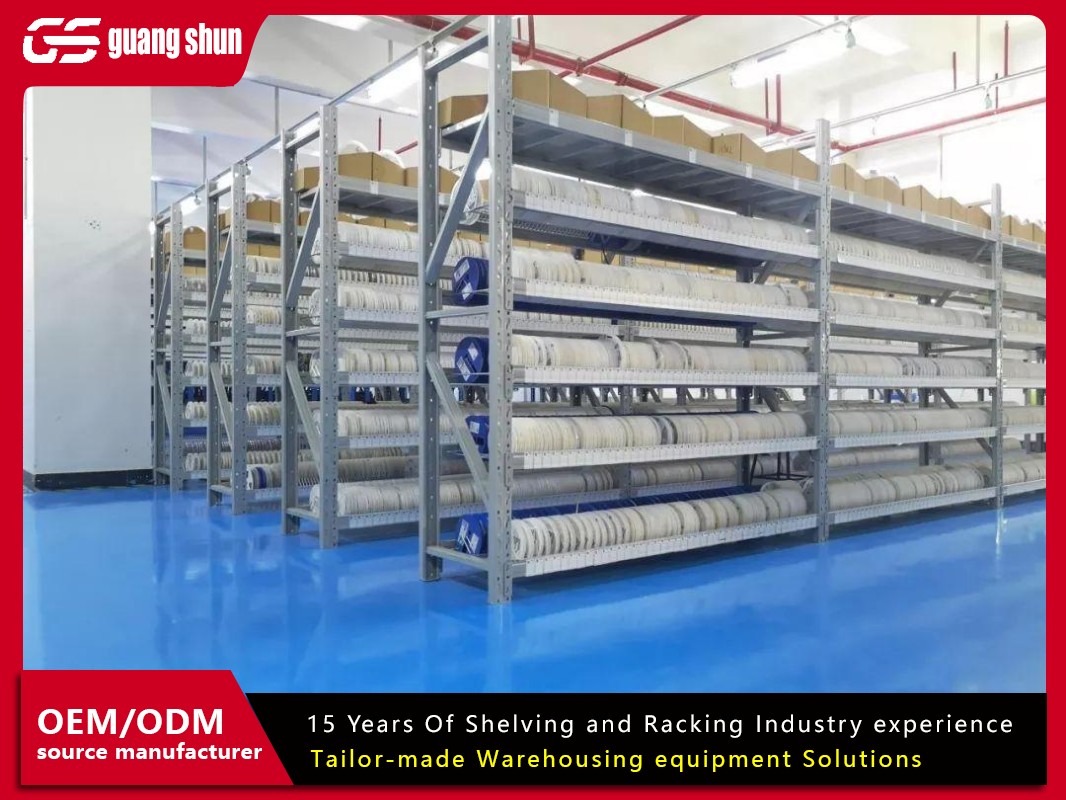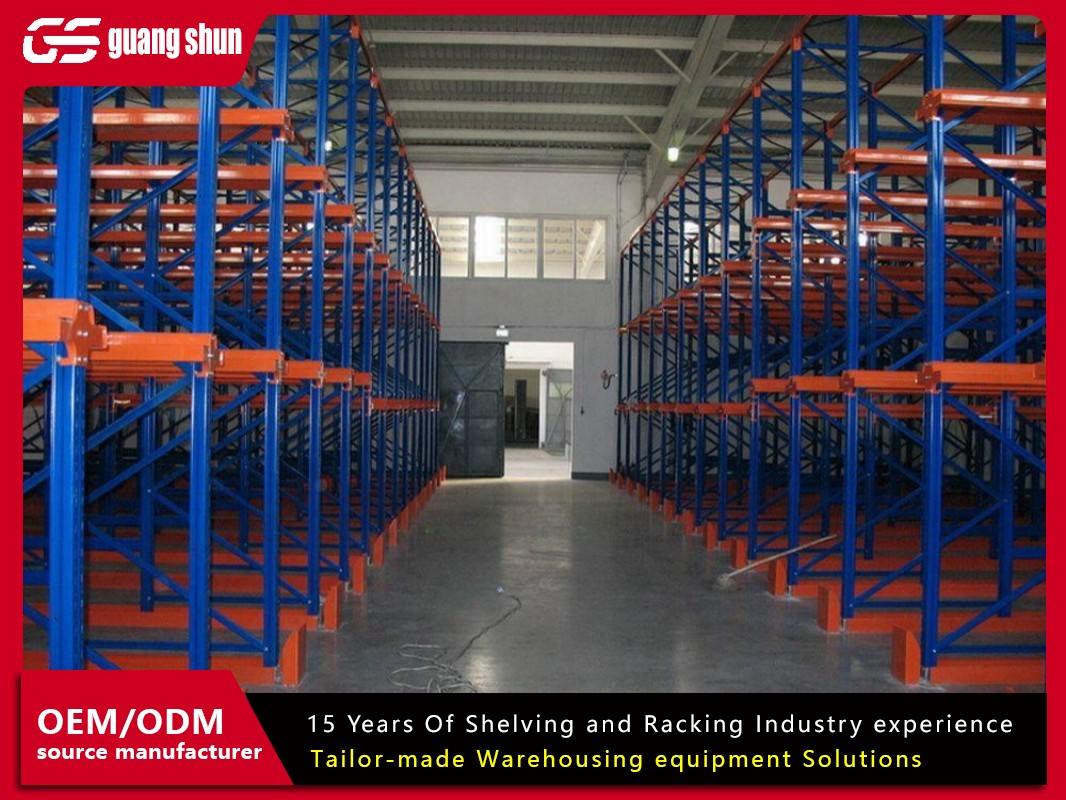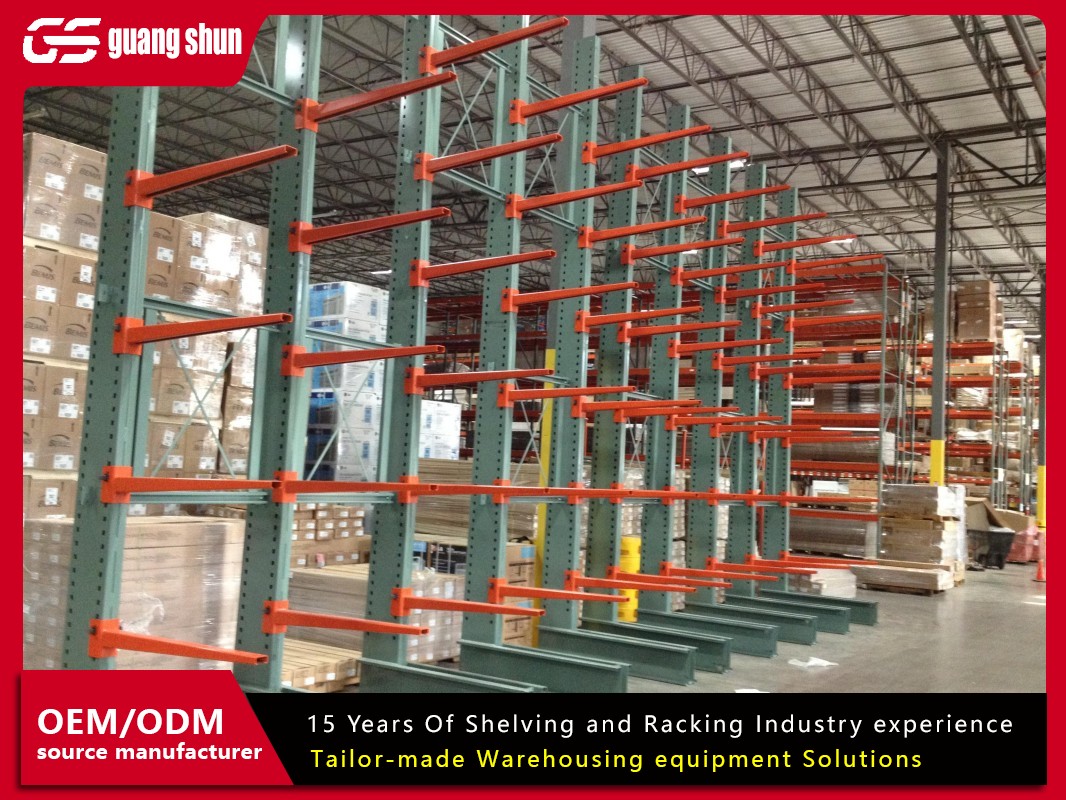Is your warehouse, workshop, or industrial space drowning in a sea of palletized goods, cumbersome equipment, and bulky inventory? Are you losing valuable time and money searching for items or worrying about the structural integrity of your storage solutions? You're not alone. For businesses that handle substantial weight and volume, standard shelving simply won't cut it. The cornerstone of any robust storage strategy is investing in the right infrastructure, and that begins with understanding heavy duty pallet shelving.
This comprehensive guide delves deep into the world of heavy duty pallet shelving, exploring five critical aspects you must consider to maximize your space, enhance operational efficiency, and ensure workplace safety. We'll move beyond basic specifications to give you a holistic view of why this storage solution is a game-changer for material handling.
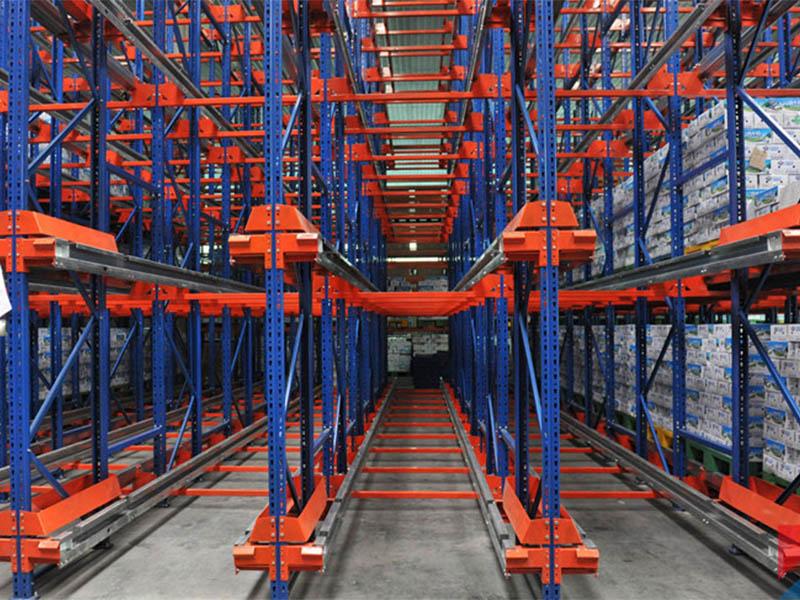
What Exactly is Heavy Duty Pallet Shelving? Defining the Workhorse of Storage
Before we explore its benefits, let's define our subject. Heavy duty pallet shelving, often referred to as pallet racking, is a structural storage system specifically designed to store materials loaded on pallets. Unlike light-duty shelving units meant for boxes and small items, these systems are engineered from the ground up to handle immense weight—often thousands of pounds per level.
The defining characteristic of heavy duty pallet shelving is its open-ended design. It typically consists of upright frames (braced columns) that support horizontal load beams. The pallets themselves rest directly on these beams or on specially designed wire decks. This design allows for easy access with forklifts, pallet jacks, and other material handling equipment. It's the backbone of warehouses, distribution centers, manufacturing plants, and large-scale retail backrooms, providing the muscle needed for organized, high-density storage.
Unmatched Strength and Load Capacity: The Core of Heavy Duty Design
The most crucial aspect of any heavy duty pallet shelving system is, unsurprisingly, its strength. This isn't just about the thickness of the steel; it's about a combination of factors that work in unison to create a incredibly resilient structure.
Dynamic vs. Static Capacity: It's vital to understand the difference. Static capacity refers to the total weight a fully assembled shelf can hold when stationary. Dynamic capacity, however, is the weight a shelf can safely hold while being moved, for example, on a mobile shelving system. For static systems, manufacturers provide a per-level capacity, which can range from 1,000 lbs to well over 10,000 lbs per shelf.
Materials and Construction: High-quality heavy duty pallet shelving is fabricated from rolled steel, often with a protective powder-coated finish to resist corrosion, scratches, and wear. The gauge (thickness) of the steel is a primary determinant of strength. A lower gauge number indicates thicker, stronger steel (e.g., 12-gauge is thicker than 16-gauge).
Design and Engineering: The design of the upright frames and beams is critical. Look for reinforced column designs and beams with high moment-of-inertia values, meaning they resist bending under heavy, concentrated loads. This engineering ensures that even when a pallet is placed off-center, the integrity of the entire heavy duty storage system remains intact.
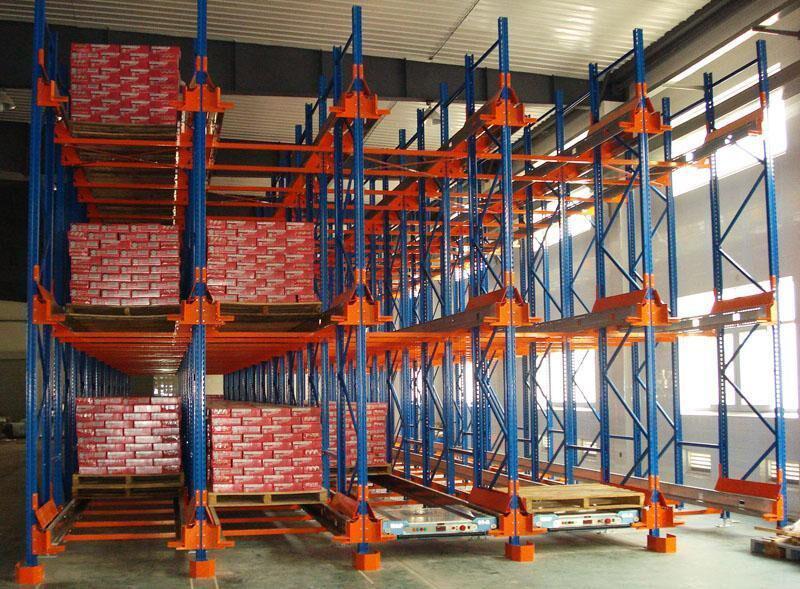
Maximizing Space and Optimizing Layout: The Efficiency Expert
In any industrial setting, square footage is a premium commodity. Heavy duty pallet shelving is the ultimate tool for vertical space utilization, allowing you to grow upwards instead of outwards, which can save tremendously on expensive facility expansion costs.
Vertical Storage: These systems can be engineered to reach heights of 30 feet or more, dramatically increasing your storage capacity without increasing your footprint. This is essential for facilities with high ceilings.
Configurability and Flexibility: The best heavy duty pallet shelving isn't a one-size-fits-all product. It's highly customizable. Beam levels can be adjusted on-inch or 2-inch increments without tools, allowing you to perfectly accommodate pallets of various heights. You can create a single row, double rows, or even incorporate mezzanines for multi-level access.
Selective Accessibility: Unlike driven-in or push-back racking systems which sacrifice accessibility for density, selective heavy duty pallet shelving provides direct access to every single pallet location. This is ideal for facilities with a high number of SKUs or those that operate on a First-In, First-Out (FIFO) inventory system, as it eliminates the need to move other pallets to retrieve a single one.
Durability, Safety, and Long-Term Investment: Building for the Future
Choosing industrial equipment is about more than just solving today's problem; it's about making a wise investment for the future. High-quality heavy duty pallet shelving is built to last for decades, offering unparalleled value and safety.
Exceptional Durability: Constructed from commercial-grade steel and protected by durable finishes, these systems can withstand the harsh environment of a busy warehouse—including accidental impacts from forklifts, exposure to dust and moisture, and the constant stress of heavy loads.
Integrated Safety Features: Safety is paramount. Reputable systems include safety locks that secure beams into the upright frames, preventing them from being accidentally dislodged. Many also offer optional safety pins and bolt-together designs for added security. Furthermore, properly installed heavy duty pallet shelving is designed to be incredibly stable, reducing the risk of collapse when loaded correctly.
The ROI of a Safe, Efficient System: The long-term return on investment is clear. You reduce the risk of costly inventory damage from collapsed shelving, minimize workplace accidents, and avoid the downtime associated with replacing inferior storage solutions. A well-organized warehouse facilitated by robust heavy duty shelving also speeds up order fulfillment and reduces labor costs.
Choosing the Right Heavy Duty Pallet Shelving for Your Specific Needs
Not all heavy duty pallet shelving is identical. Understanding the variations will help you select the perfect system for your operation.
Types of Systems:
Selective Pallet Rack: The most common type, offering direct access to every pallet. Ideal for most applications.
Drive-In/Drive-Through Rack: A high-density solution where the forklift drives directly into the rack structure. Best for storing large quantities of the same product (LIFO or FIFO).
Push Back Rack: A high-density system where pallets are stored on nested carts on inclined rails. Loading from one end pushes previous pallets back. Ideal for multiple SKUs with medium to high volume.
Cantilever Rack: Features arms extending from a central column, perfect for storing long, bulky items like lumber, piping, or furniture.
Key Selection Criteria:
Inventory Analysis: What are the dimensions and weights of your pallets? How many SKUs do you have?
Equipment: What type of forklift or pallet jack will you be using? This determines the required aisle width.
Space: What are the dimensions and layout of your facility, including ceiling height?
Budget: While cost is a factor, it should be weighed against the value of safety, durability, and efficiency.
Investing in the right storage infrastructure is a strategic decision that impacts nearly every aspect of your operation, from safety and efficiency to scalability and profitability. Heavy duty pallet shelving is not merely a purchase; it's the foundation upon which a streamlined, organized, and productive warehouse is built.
By thoroughly understanding its immense strength, unparalleled space optimization, unwavering durability, and the various types available, you are empowered to make an informed decision. Don't let inadequate storage hold your business back. Upgrade to a heavy duty pallet shelving system engineered to handle your toughest challenges and support your growth for years to come.



